Quick Garden Tip … Know vine’s habits before planting
Vines are some of the most useful plants in landscaping. But that’s only if you position them properly – only if you understand how they climb and then provide them the proper support.
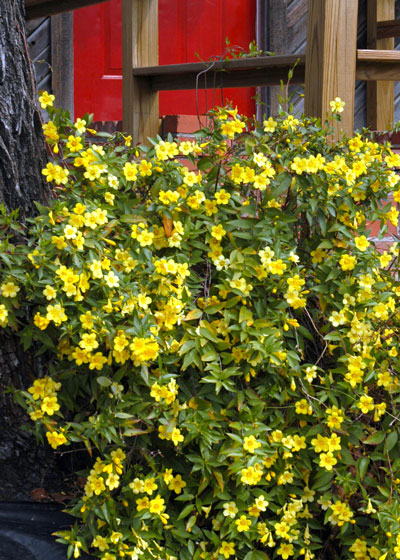
• Many vines twine. They’re probably the ones that come to mind first. Plants like honeysuckle, Carolina jessamine, wisteria, trumpetcreeper, and morning glories all wrap around their supports like constricting serpents.
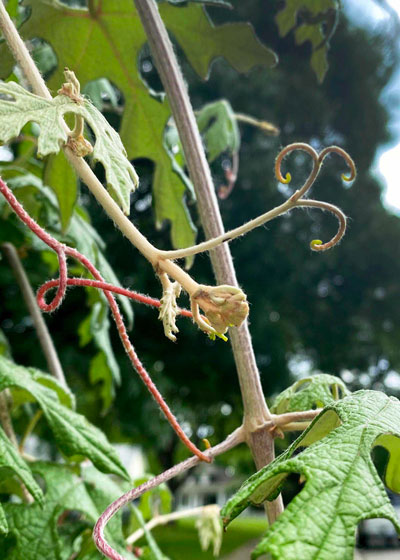
• Many vines have tendrils. Grapes, passionvines, and crossvines send out growths that look like bug tongues to find and secure themselves to posts, poles, or wires.
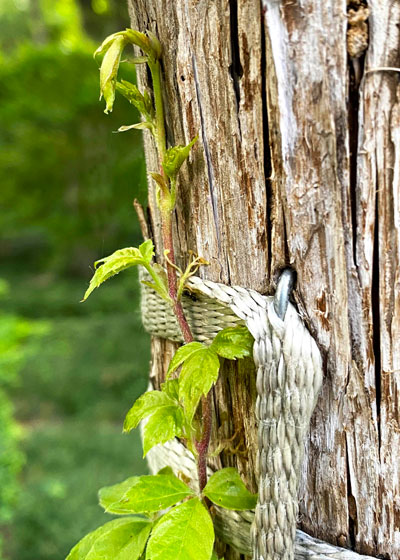
• A few vines produce suction cups or root-like appendages. Fig ivy, Boston ivy and Virginia creeper are common examples. Their little cups can hold onto to almost any surface, even including slick stone and plate glass windows. Warning: these adhering appendages are almost impossible to remove from siding and window screens.
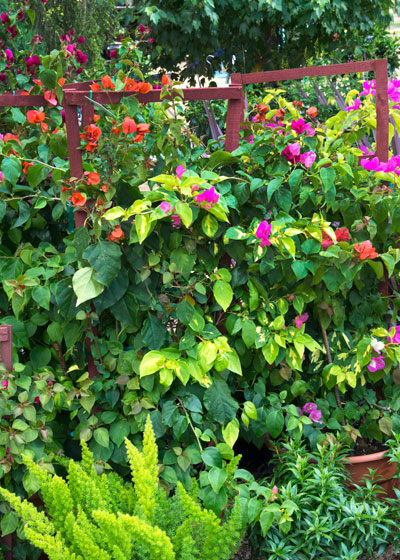
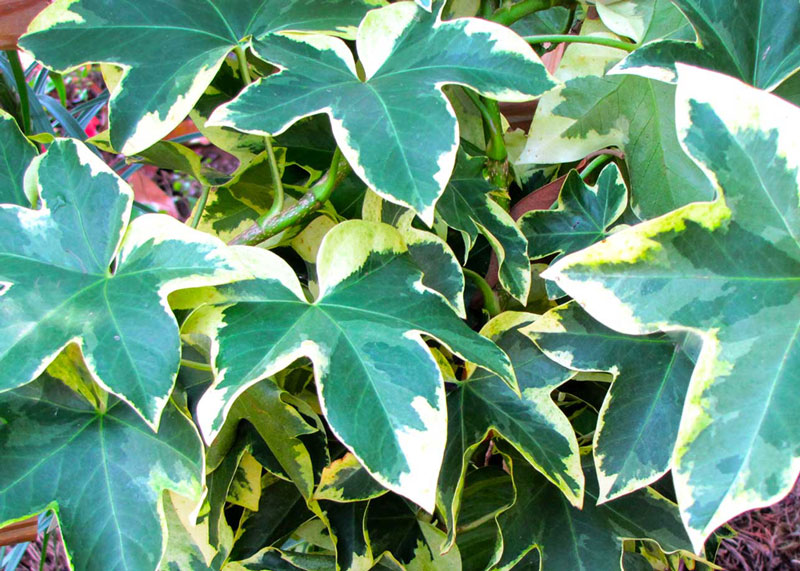
• Some plants “just lean.” They’re like some of our friends: no visible means of support. We must provide a wall, fence, or corner and they must be planted close enough that they can lean into that protected environment. Examples: Fatshedera, climbing roses, bougainvilleas.
So, there you have it. To succeed with vines, you must know how they grow. Plant a wisteria beside a brick wall and you’ll watch it pile up in a heap. Plant a Boston ivy near a wire fence and it won’t know how to stick onto the cables.
If in doubt, help is as near as a Texas Certified Nursery Professional. They’ll be glad to help you make the right choice.
